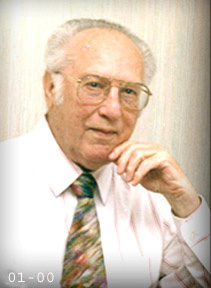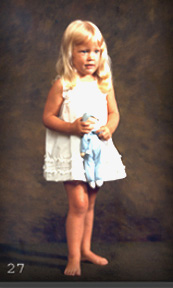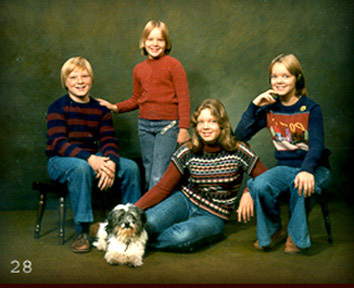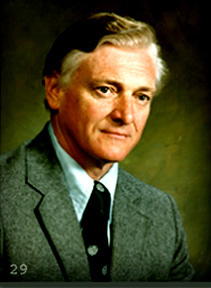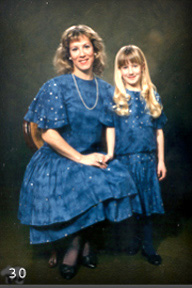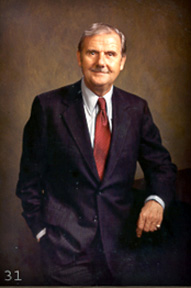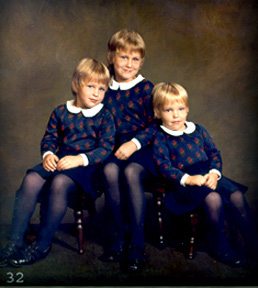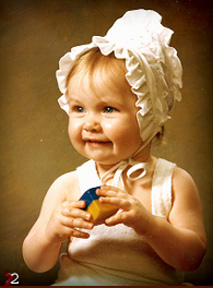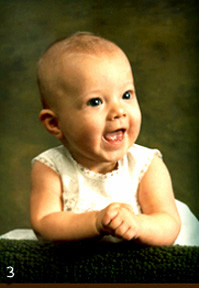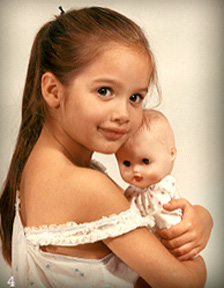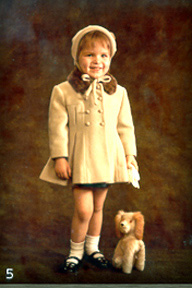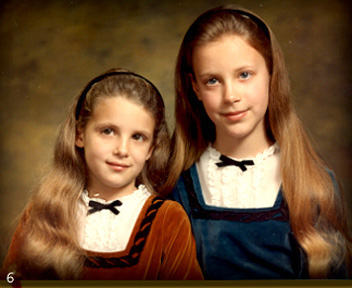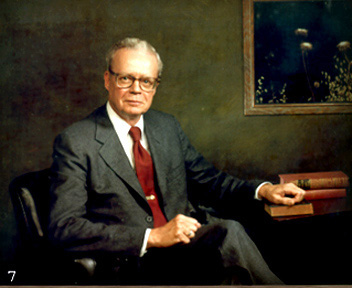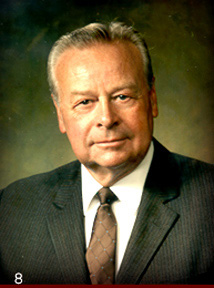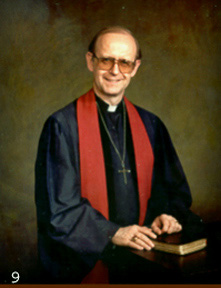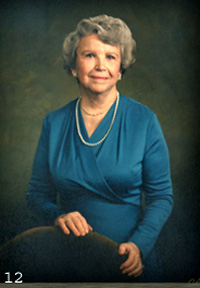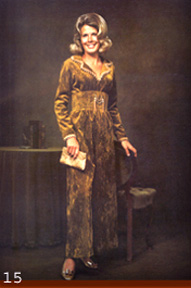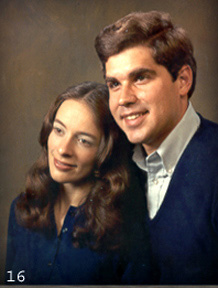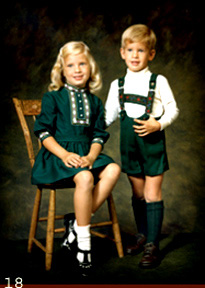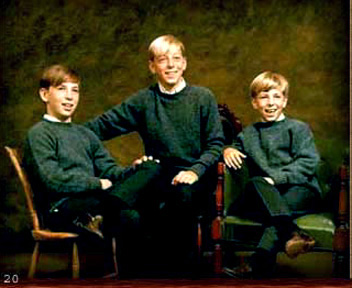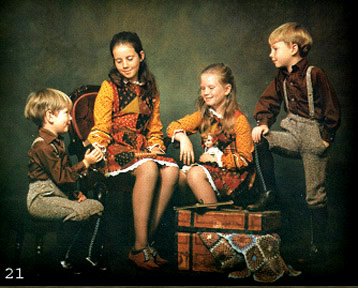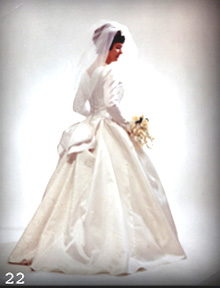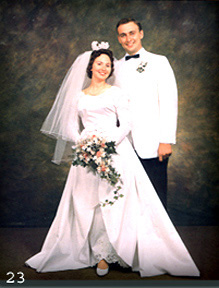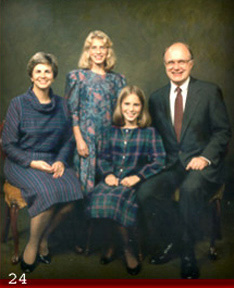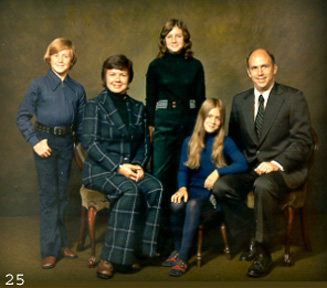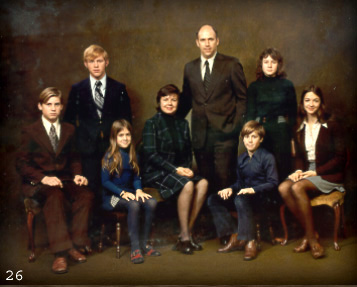|
The Zeltsman Approach to Traditional Classic Portraiture Chapter 1
In addition to those organizations sponsored classes, he also taught his approach to traditional classic portraiture to the many professional portrait photographers who attended his private limited enrollment five day classes, held throughout USA, Canada, Australia, and Puerto Rico. Those classes were limited to 15 photographers, and were usually held in someone’s studio. Joe retired at age 80. He is a LIFE MEMBER of Professional Photographers of America, American Society of Photographers, Professional Photographers Association of New Jersey, and Cameracraftsmen of America, Inc.. Shortly after his 90th birthday, he purchased a computer, scanner, printer, etc., and after many endless hours learning to use it, compiled everything he has been teaching for so many years into this detailed instructional manual, to be posted on this Website as his legacy to his profession. Joe’s introductory comments: I gravitated toward portrait photography because I like people and enjoy working with them. The most important task confronting the portrait photographer is to be able to capture a variety of interesting facial expressions reflecting the subject’s personality.
Meaningful portraiture is mainly the result of communication between the photographer and the subject. Technical proficiency serves merely as a preparation of the foundation of the portrait by establishing the pose, lighting, and camera position. Technique may therefore be considered as the language for expressing the substance of the photographer’s statement eloquently. Note: I urge anyone interested in this concept, to concentrate first on mastering the various technical aspects offered throughout the following Chapters. Soon, from habit, you will perform the purely technical tasks automatically. When you reach that level, your mind will remain free to concentrate on communicating with your subjects, and you will begin to create truly effective portraiture. Structured Portraiture
People may be photographed different ways to serve different functions, and structured portraiture roughly divides into five categories. PUBLICITY: The principal aim of a publicity portrait is to create an eye-catching image with impact, to attract and hold a viewer’s attention....without necessarily reflecting the subject’s actual likeness and personality. This style of portraiture is produced mainly for publicity, promotions, and posters in the field of performing arts. GLAMOUR: The glamour approach to portraiture allows us to alter the subject’s natural appearance, by utilizing camera perspective and lighting to achieve an aura of glamour and sophistication. The primary purpose of a glamour portrait is to create an interesting picture, rather than to reflect the subject’s true likeness. DOCUMENTARY: The documentary category fulfills a client’s need for a portrait in connection with a social or other significant event. It is often impossible to achieve aesthetically pleasing results in this style of portraiture because of clothing, props, and the locale of the function which must be included in the picture. However, the documentary value of these portraits to the client, make the compromise acceptable. These portraits are often done for the news media or some other public use. ENVIRONMENTAL: This approach to portraiture offers a means for creating an interesting and informative portrayal of a person. By including some object or locale within the composition pertinent to the subject’s occupation or hobby, the photographer provides the viewer with relevant information about that person. But, quite often, when the subject is engaged in an activity in that portrayal, the result may again fail to reflect that person’s actual likeness. CLASSIC: The remaining category, the pure traditional classic approach to portraiture, is indeed, aimed specifically toward a portrayal showing the subject’s face from an attractive angle, supported by an effectively arranged body pose. The total effect, as the viewer sees it, should appear natural, comfortable looking, and unaffected. Regardless of how much of the subject’s body is showing, the clothing, props, background, or any other item included in the picture, must remain subdued. Only the face and expression should stand out as the dominant point of interest to a beholder. The following images are examples of Zeltsman portraits of young children, babies, men, women, small groups and family groups. Singly or together. In close-up, three quarter length and full length poses. After viewing these examples of pure traditional classic portraiture, please read the comments at the end of this display.
As you examine and study these images, you’ll become aware that your visual response in viewing these portraits follows a specific planned pattern: As you glance at any one of these portraits, whether a close-up, three-quarter length, or full length pose, your attention is immediately drawn to the faces and expressions, that is, of course, the primary point of interest in classic portraiture. Note also how this emphasis on the faces is preserved by an absence of any distracting elements within the image that may compete for attention, that is achieved by coordinating the tonal values of clothing, background, props, etc.... And finally, note the elegant simplicity of the poses. As you see, everyone in all my portraits, looks comfortable, relaxed, and not as if they were manipulated into a pose. Important comment: I know that many photographers work on location, outdoors and indoors, and may feel that because my work was done within a studio environment, the technical aspects of my approach do not apply to their work. That, of course, is not so!!! If you do portraits of people, good posing and effective lighting remain the important ingredients no matter where you work. And handling and communicating with your subjects is the same. And understanding composition is also the same. Thus, the effects you see reflecting in my portraits, are just as effective regardless where you work. |

